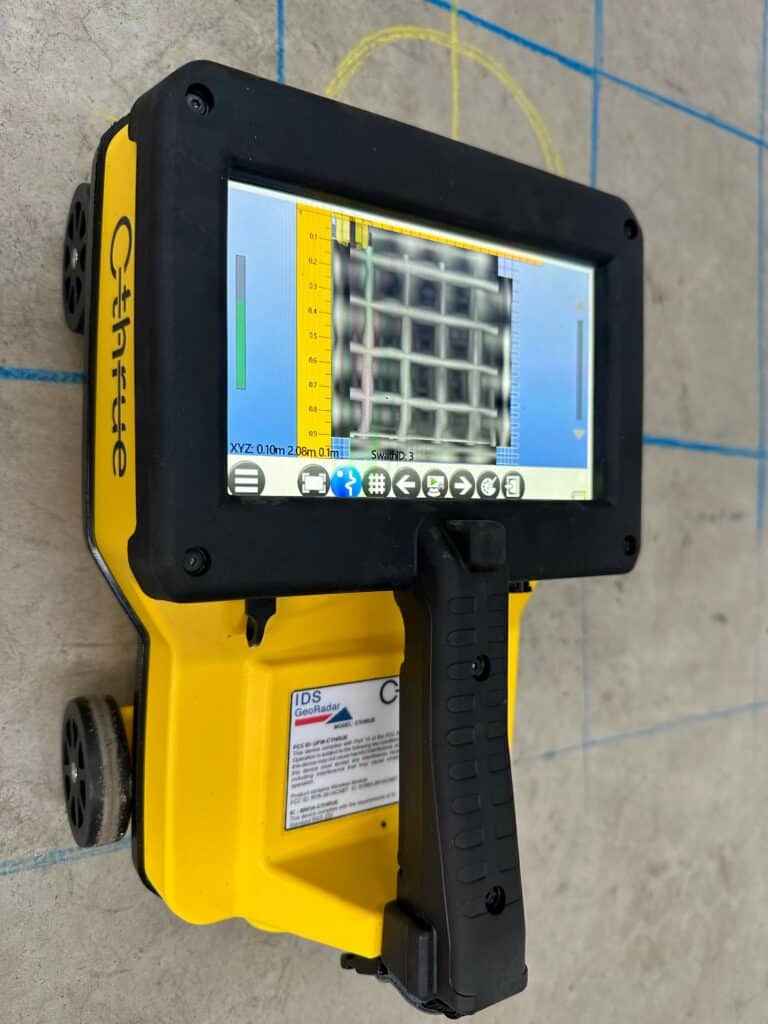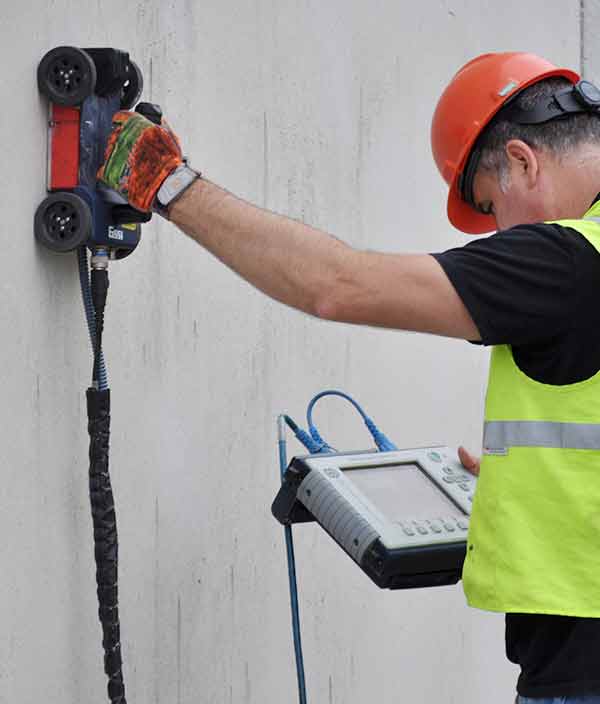The Significance of Expert Concrete Scanning Solutions
Introduce the Transformative Power of Concrete Scanning in Making Best Use Of Performance and Safety And Security
Concrete scanning has actually become a critical tool in the building industry, providing exceptional benefits in enhancing job performance and ensuring security standards. By using advanced technology, concrete scanning allows specialists to see beyond the surface area, uncovering surprise intricacies that can influence the structural stability of a structure. The transformative power of concrete scanning hinges on its capability to give real-time data and in-depth insights, transforming how jobs are prepared and executed. As we explore the ins and outs of this innovative method, a globe of opportunities opens, showcasing a brand-new age of building techniques that focus on precision and protection.
Relevance of Concrete Scanning
Making certain the structural stability and security of building and construction tasks begins with the important step of performing comprehensive concrete scanning. Concrete scanning is a non-destructive technique made use of to discover and map subsurface components within concrete frameworks. This procedure is crucial in identifying possible hazards, such as rebar, post-tension wires, and conduits, that may be concealed within the concrete. By utilizing innovative modern technologies like ground-penetrating radar (GPR) and electromagnetic induction, construction teams can precisely locate these components without causing any damage to the structure.
Furthermore, concrete scanning aids in optimizing job timelines and spending plan by staying clear of unexpected prices and hold-ups that may emerge due to unforeseen obstructions within the concrete. Eventually, spending in comprehensive concrete scanning is a positive technique that improves both performance and security in construction tasks.
How Concrete Scanning Functions
Concrete scanning runs as an important tool in building jobs by using innovative technologies to identify and map subsurface elements without creating architectural damage. Ground Penetrating Radar (GPR) and Electromagnetic Induction (EMI) are 2 primary approaches used in concrete scanning.
Throughout the scanning process, the information gathered is analyzed in real-time, permitting prompt identification of prospective hazards or challenges underneath the surface. This information aids in decision-making, ensuring that building activities continue safely and efficiently. Additionally, 3D imaging software program can be made use of to produce comprehensive maps of the subsurface components, even more improving project planning and execution. By employing these sophisticated technologies, concrete scanning considerably reduces the danger of pricey problems and injuries on building websites.
Advantages of Concrete Scanning
One of the key benefits of concrete scanning is the ability to discover and find ingrained objects such as rebar, post-tension wires, and avenues precisely. Concrete scanning helps in planning and creating a lot more successfully, as it provides precise info about the place and depth of architectural components.

Study: Concrete Scanning Success

In another instance, a construction business utilized 3D concrete scanning to evaluate the problem old concrete structures in a historic structure. The thorough scans offered important understandings into the degree of deterioration and assisted focus on upkeep efforts effectively. By proactively attending to locations of worry determined via scanning, the company was able to prolong the life-span of the structure go right here and guarantee passenger safety.
These study emphasize the transformative power of concrete scanning in boosting performance, accuracy, and safety and security in building and construction projects.
Executing Concrete Scanning in Projects
Carrying out innovative scanning modern technologies throughout construction projects has become progressively essential for improving precision and security. By incorporating concrete scanning right into task preparation and execution, construction groups can determine prospective hazards, such as rebar or post-tension cords, concealed within concrete structures. This proactive method reduces the risk of mishaps, hold-ups, and expensive rework, eventually causing a lot more effective job timelines and budget plans.
To carry out concrete scanning efficiently, job managers should team up closely with experienced scanning professionals to identify the most suitable scanning strategies for the specific task demands. Engaging scanning specialists from the very early stages of a job enables the group to develop thorough scanning strategies that attend to essential areas of problem and make sure detailed information collection.
Furthermore, incorporating concrete scanning right into routine task process can improve decision-making procedures, as real-time check information supplies immediate understandings into the problem of concrete frameworks - Concrete Scanning. This data-driven strategy facilitates notified analytic and enables teams to make changes quickly, promoting a culture of efficiency and security throughout the task lifecycle

Conclusion
To conclude, concrete scanning plays an essential duty in boosting efficiency and safety and security in building tasks. By utilizing advanced modern technology to map and find out underlying structures within concrete, this procedure assists to avoid costly blunders, make certain architectural stability, and minimize risks on website. With the ability to uncover covert a fantastic read aspects and give exact data, concrete scanning shows to be a valuable tool for optimizing job results and optimizing total success.
Concrete scanning is a non-destructive approach utilized to spot and map subsurface components within concrete frameworks. In addition, concrete scanning read aids in maximizing job timelines and spending plan by staying clear of unanticipated prices and hold-ups that may occur due to unforeseen blockages within the concrete. One notable situation study involves a large remodelling project where concrete scanning played an important function in guaranteeing project success.In an additional case, a building company made use of 3D concrete scanning to analyze the problem of aging concrete structures in a historical building. By integrating concrete scanning right into job planning and implementation, building and construction groups can determine potential hazards, such as rebar or post-tension wires, concealed within concrete structures.